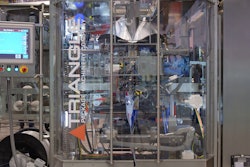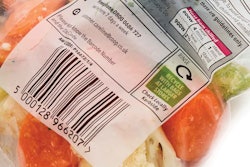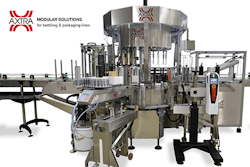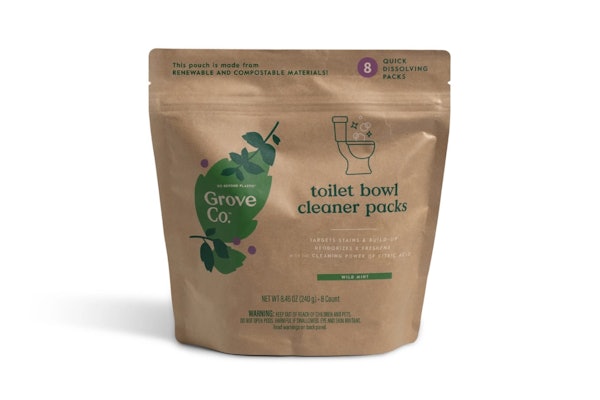
Flexible packaging innovates to reduce food waste by decreasing spoilage, while helping to extend product shelf life through use of barriers and compostable materials, notes an infographic from the Flexible Packaging Assn.
FPA reports that as the U.S. and other countries drive toward higher packaging recovery goals, it will require additional focus on new flexible packaging recycling technologies and recovery systems. Consumer education is vital to impact behavior change and effectively utilize new systems.
More than 80% of marine debris comes from countries that lack waste management infrastructure. Global investment in infrastructure, industry initiatives, and consumer behavior can help in reducing marine pollution. Investment in infrastructure in developing countries is needed to reduce ocean-bound plastics, and more consumer behavior education in developed countries, where the infrastructure is already robust, is needed to reduce litter.
Maximizing value recovery and minimizing environmental impact at the point of package disposal requires a conscious choice by the consumer, says FPA. The Store Drop-Off Program/Wrap Recycling Action Program allows consumers to recycle flexible packaging that is made from polyethylene (PE). This may include items such as retail bags, newspaper bags, produce bags, bread bags, dry cleaning bags, overwraps for napkins/paper towels/bath tissues and air pillows used in e-commerce.
How2Recycle on-package labels provide consumers with instructions on which flexible packaging components can be recycled and how. The program informs consumers about flexible package components that may be dropped off at stores with their plastic grocery bags for recycling.
The association also points to Materials Recovery for the Future (MRFF), “an industry coalition across the flexible packaging value chain that is engaged in finding solutions for improved recovery of flexible packaging. The MRFF project is an industry initiative committed to advancing auto-sorting of flexible packaging at materials recovery facilities (MRFs) from single-stream waste collection systems, including end markets for sorted material.”
FPA points to advances in technology that help solve challenges within the packaging supply chain and encourage positive consumer behavior associated with end-of-life management of flexible packaging. Smart technology, mobile devices, and the growth of the Internet of Things will enable printed electronics to be included on packaging to communicate with consumers and educate them on where and how they can recycle flexible packaging.
Today, the lack of sustainable e-commerce packaging is increasingly a concern among consumers, according to FPA, which says flexible packaging has an opportunity to reduce the amount of material used in e-commerce shipping, optimize shipping space on trucks, and design packaging for easy returns.
























